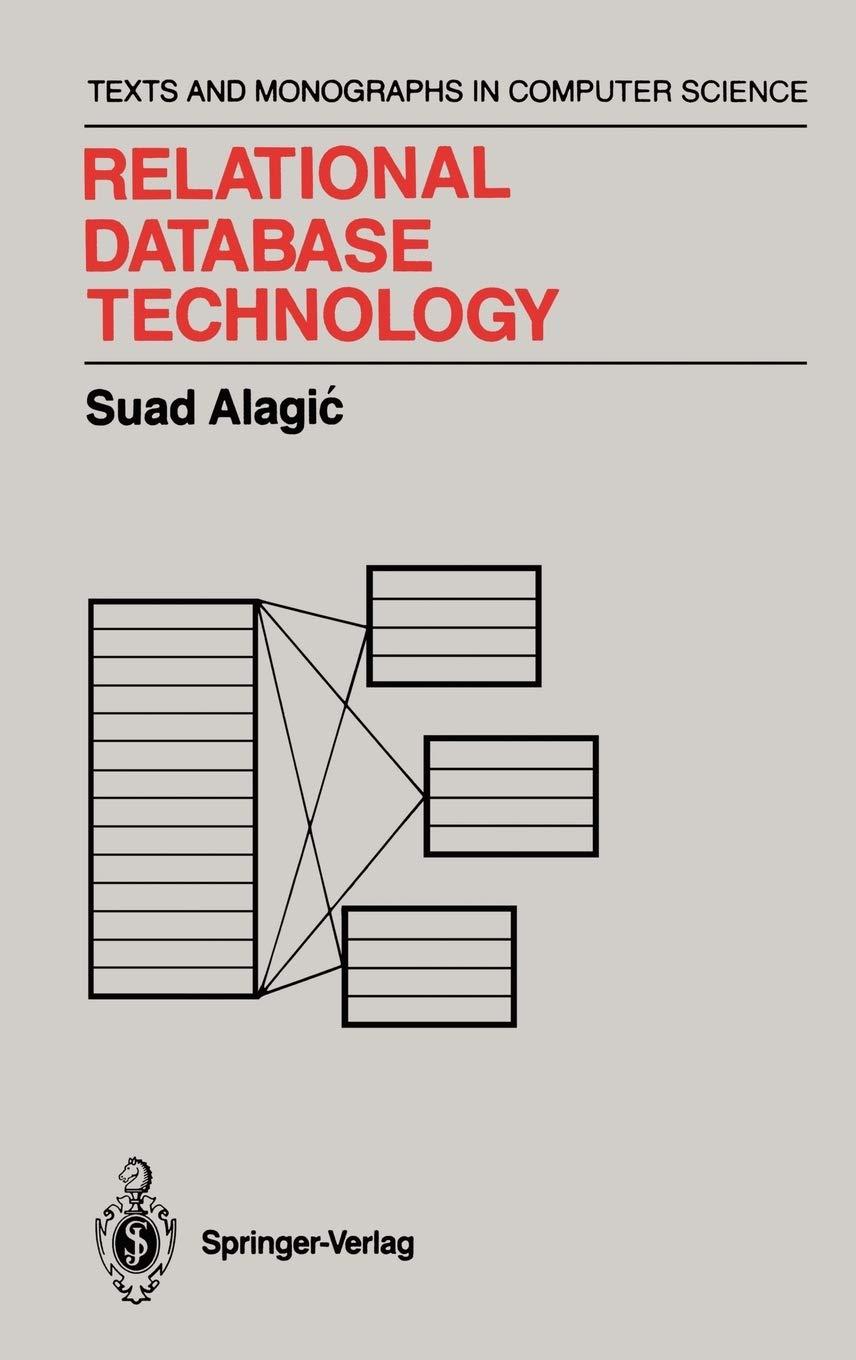Complete the following code (java): import java.util.ArrayList; /* * A class representing a Graph as an adjacency matrix, * and providing search functions for the
Complete the following code (java):
import java.util.ArrayList;
/* * A class representing a Graph as an adjacency matrix, * and providing search functions for the Graph. */
/* * Student 1 Name: * Student 1 Number: * * Student 2 Name: * Student 2 Number: * */
public class Graph {
boolean[][] adjMat;
// In the adjacency matrix representation of a Graph, // if adjMat[i][j] == true, then you can move from // node i to node j. // i.e. j is a neighbour of i. // The constructor builds the adjacency matrix, // with initially all values false. public Graph(int size) { adjMat = new boolean[size][size]; for (int i=0; i < adjMat.length; i++) { for (int j=0; j < adjMat.length; j++) { adjMat[i][j] = false; } } }
// Add a transition to the adjacency matrix, // i.e. a neighbour relation between two nodes. public void add(int from, int to) { adjMat[from][to] = true; }
// Carry out uninformed search of the Graph, // from the start node to goal node. public boolean search(int start, int goal, boolean dp) { // The frontier is an ArrayList of Paths. ArrayList
public static void main(String[] args) { // Create a Graph containing 7 nodes Graph g = new Graph(7); // Add edges to the Graph g.add(0, 1); g.add(0, 2); g.add(1,5); g.add(1,6); g.add(2, 3); g.add(3, 4); // select a search type boolean depthFirst = false; // start searching g.search(0,4, depthFirst); } }
Step by Step Solution
There are 3 Steps involved in it
Step: 1

See step-by-step solutions with expert insights and AI powered tools for academic success
Step: 2

Step: 3

Ace Your Homework with AI
Get the answers you need in no time with our AI-driven, step-by-step assistance
Get Started


